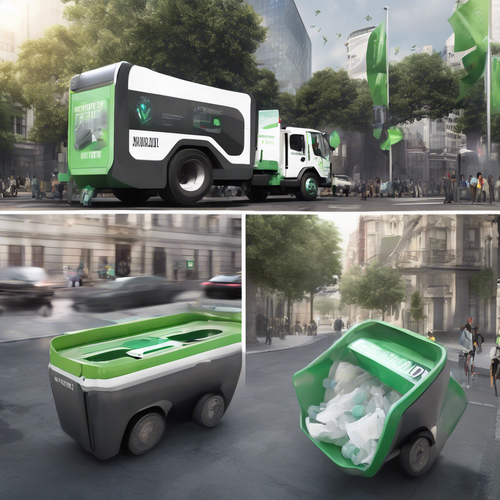The Restroom Revolution: Making Miami a More Accessible City
As urban environments continue to grow, so do the needs of their residents and millions of visitors. In Miami, a vibrant city teeming with culture, tourism, and public gatherings, the necessity for adequate sanitation facilities has emerged as a critical public health issue. Imagine a bustling festival in Bayfront Park or a sunny day at South Beach. The joy is palpable, but the discomfort of inadequate restroom facilities can quickly tarnish the experience. That’s where the creation of designated and accessible portable restroom zones comes into play. 🚻
The Importance of Public Sanitation
Research shows that access to clean, safe restroom facilities is not merely a convenience; it is a public health priority. Poor sanitation can lead to outbreaks of diseases, especially in densely populated areas where footfall is high. According to the World Health Organization, nearly 2 billion people lack basic sanitation services. In contrast, Miami’s strategy for portable restrooms could serve as a model for cities across the globe.
Understanding Portable Restroom Needs
Portable restrooms are no longer the stark, plastic edifices of the past. Today’s offerings include climate-controlled units, enhanced sanitation features, and accommodations for individuals with disabilities. Miami’s diverse population and influx of tourists necessitate the implementation of portable restroom zones that meet varied needs.
- Event-Specific Restrooms: For large public gatherings, providing a sufficient number of portable toilets dramatically increases visitor satisfaction and sanitation efficiency. Estimates suggest that one portable restroom should serve 150 people for a six-hour event. 🎉
- Accessibility for All: ADA-compliant restrooms are vital to ensure that all community members, including those with disabilities, have equal access. Miami’s initiative could integrate features like wider doors, grab bars, and lower sinks.
- Enhancing Local Amenities: Strategically placed portable restrooms in public parks, near waterfronts, and along popular pedestrian paths can increase the availability of these essential facilities while minimizing congestion in any single location.
Strategic Location Planning
Identifying the optimal locations for portable restrooms is more than a logistical decision; it’s a process that involves community input, health data analysis, and geographical considerations. Local surveys, geospatial data, and historical usage statistics can drive decisions about where to place these restroom facilities. Prioritizing locations such as:
- Major tourist attractions
- Public parks and recreational facilities
- Great public transport hubs
- Event venues
Innovative Solutions for Sustainability
Miami can also embrace environmentally sustainable options in restroom management. Utilizing green technologies such as solar-powered units, waterless urinals, and biodegradable cleaning agents can contribute to a cleaner city while showcasing Miami’s commitment to environmental stewardship. 🌍
Community Engagement and Feedback
Involving the community in planning restroom zones is essential. Engaging local residents through surveys and town hall meetings can yield valuable insights and foster public trust. Moreover, educating citizens about restroom etiquette and location awareness can further bolster the success of these initiatives.
«Creating an accessible environment is not just about building facilities; it’s about enhancing the quality of life for all residents and visitors,» states Tomás Rivera, a Miami urban planner. «A well-placed restroom can transform a good day into a great one.» 🌟
Funding and Implementation Strategies
Funding these portable restroom initiatives requires innovative thinking. Miami can leverage public-private partnerships, explore grant opportunities, and consider a small token fee for high-traffic event zones to ensure sustainability. Moreover, by investing in high-quality, durable units, the city can minimize maintenance costs long-term.
Potential Challenges and Solutions
While the benefits are clear, challenges exist in instituting portable restroom zones:
- Vandalism and Maintenance: Proper maintenance protocols and community involvement can dissuade vandalism. Regular cleaning schedules ensure restrooms remain hygienic and inviting.
- Financial Constraints: Allocating budgetary resources requires citywide prioritization of sanitation and public health. Demonstrating the long-term benefits can help secure necessary funding.
The Path Forward: Building a Healthier Miami
In creating designated and accessible portable restroom zones, Miami stands at a pivotal crossroads; the actions taken today can shape the city’s public health narrative for generations. By addressing sanitation needs with thoughtful planning and community involvement, Miami can set an example for urban centers globally while enhancing the quality of life for all who call this city home. 🚀

